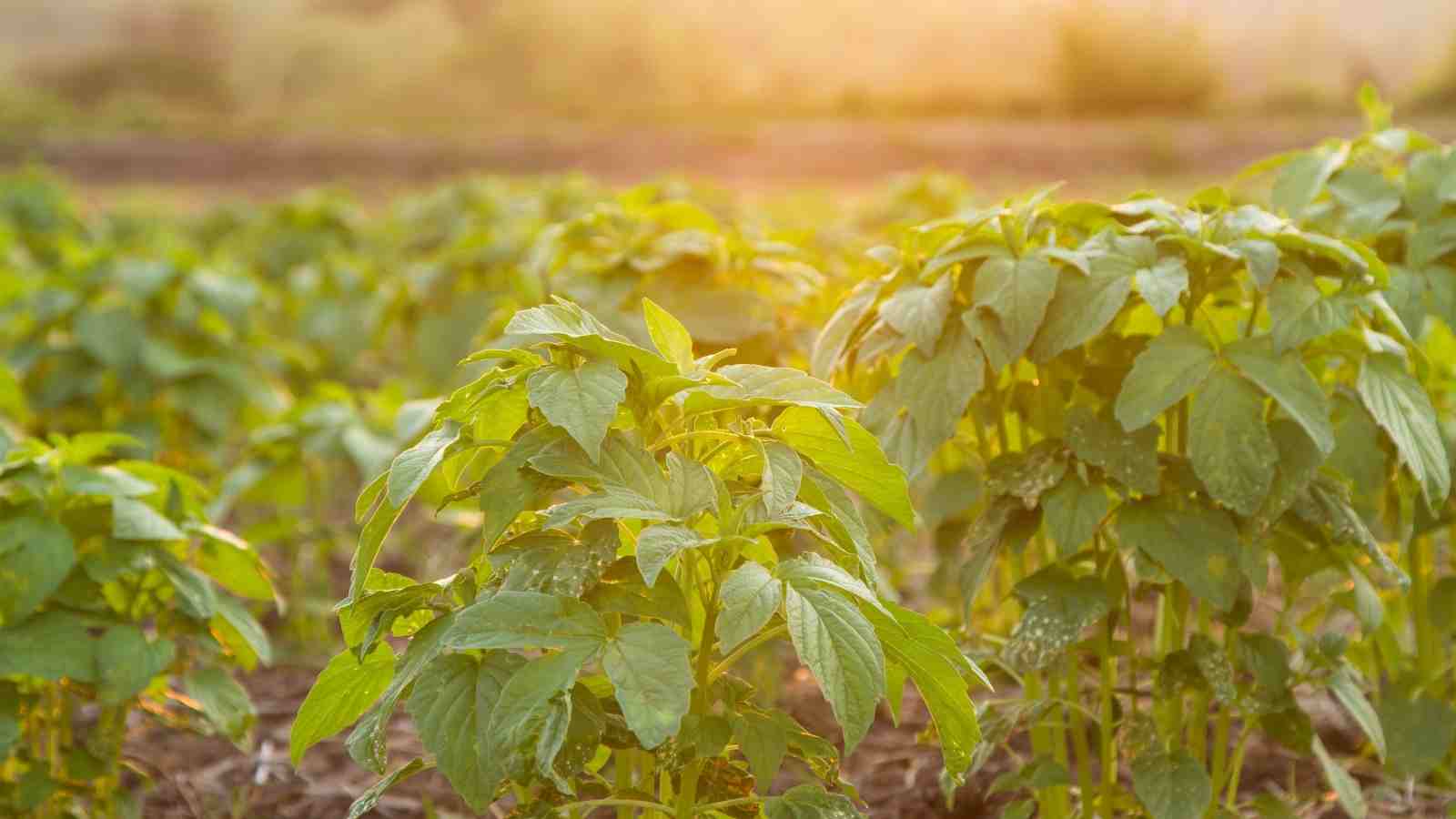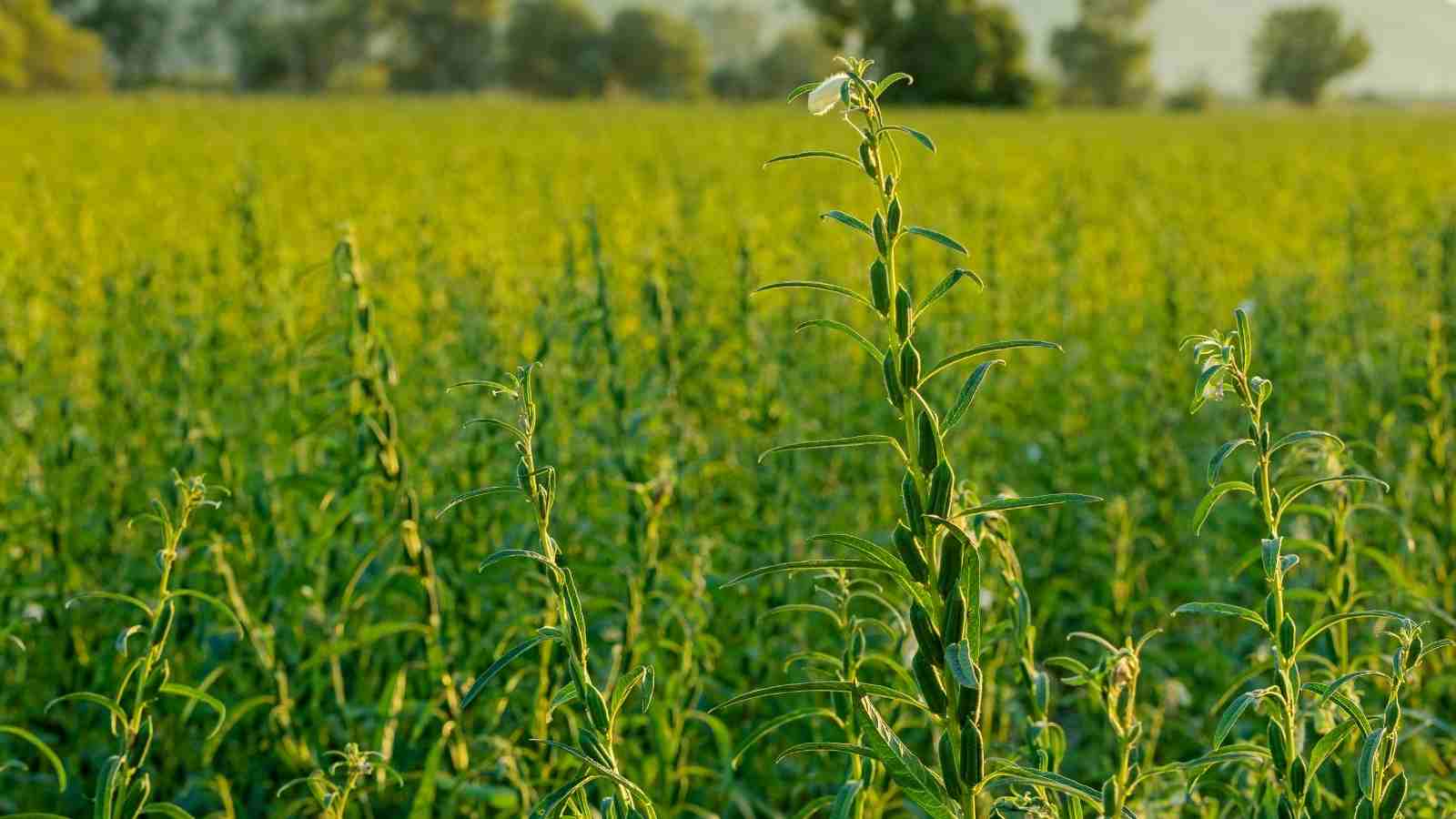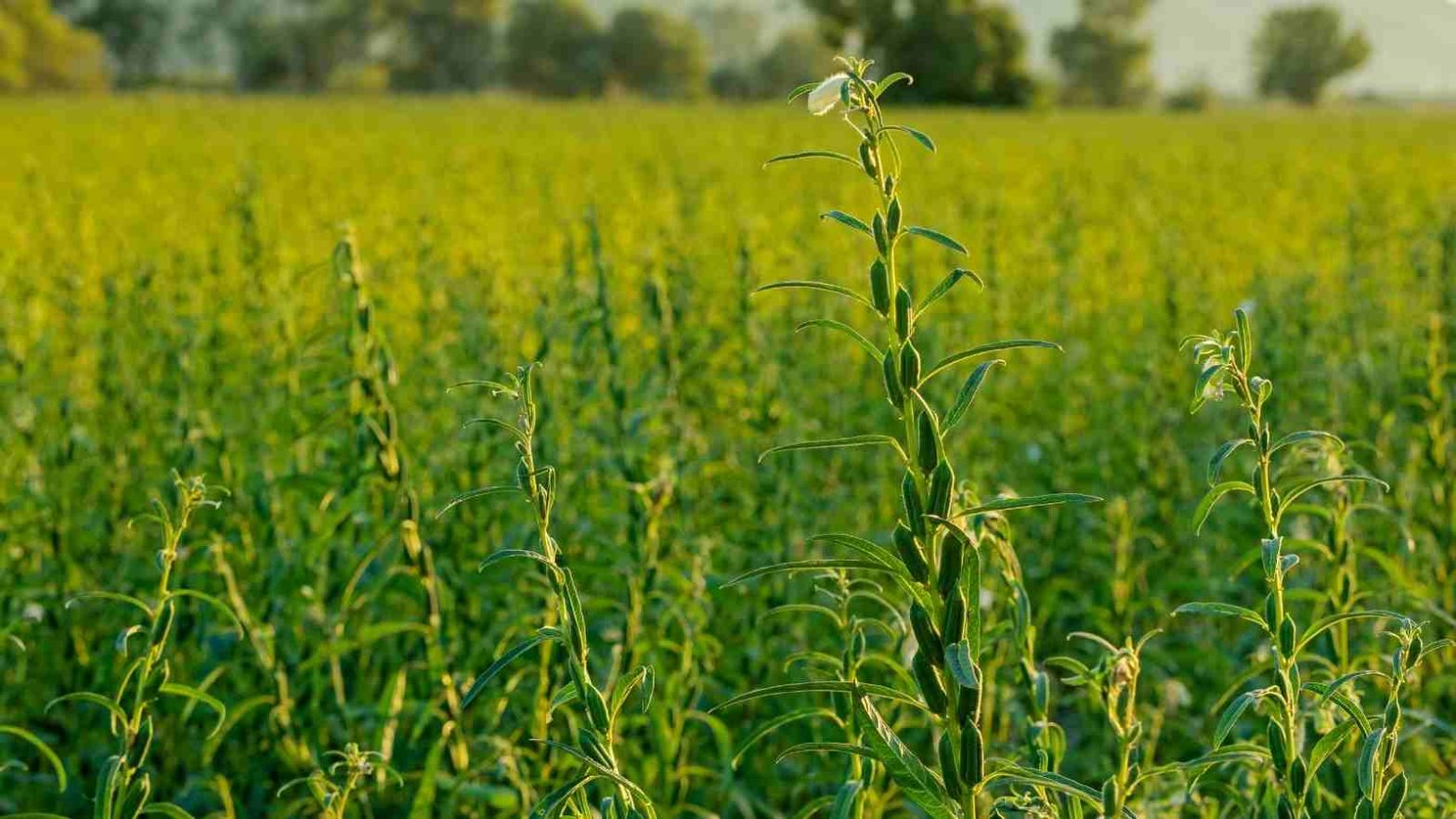A variety of crops all across the country. From rice to bajra, the crops grow in accordance with the prevalent climatic conditions. Likewise, sesame is a very common crop. This is basically an oil seed and it is very much in demand in the country. The main popularity of this oil seed comes from the fact that they have very high contents of oil. Sesame are very small seeds. They tend to be flat and oval. Usually, they are associated with some sort of a dried nut like taste. This oil seed comes in a variety of colours.
From being red to white and yellow to black, these sesame seeds are very colourful. It has been estimated that at least 50 per cent of the oil can be extracted and can be put to commercial use. Earlier, like all the indigenous crops, this oil seed was also grown for domestic markets. With the increase in globalisation, this crop was grown on large acres of land to get them exported to larger foreign markets. This crop is commonly called as ‘til’ or as ‘gingelly’. Sesame oil seeds are crushed to powder and various sweets are also made out of this oil seed. At times, in various course of Indian meal, this oil seed is also used as a great flavouring agent.

The sesame oil seed is a great wonder for the consumers. This not only helps in curing Diabetes but also at the same time, helps to lower risk of extra cholesterol deposition in the body. All the more, this oil seed happens to be very useful in combating against any sort of digestion related and blood pressure related issues. Apart from these health benefits, the oil seeds are very rich in protein, helps in proper maintenance of liver, keeps a glowing skin, and maintains strong bones (by preventing risks of osteoporosis). Here in, we have detailed out the various aspects related to the sesame farming in India.
1. What are the soil requirements to grow sesame with great ease in India?
- The sesame crop can be grown in a diverse range of soils. Likewise, it can be grown in both the neutral and in the acidic soils. On an average, the loamy soil is the perfect fit for this crop.
- The most important thing that the farmers need to remember while growing this crop, is that the soil ought not heavy watered. An extremely accurate drainage system is very necessary for this crop.
- All the more, with proper drainage, the soil needs proper means of aeration as well.
- The soil should not be extra saline. If the top layer of the soil is covered with a layer of salt, then these crops tend to die out very easily.
- The optimum pH to grow this oil seed ought to be ranging within the limit of 5.5 to 8.0.
- The soil needs to be very fertile. To convert a rugged soil into a fertile one, the soil needs to be infused with heavy organic manure.
2. What are the climatic conditions needed by this crop in order to maximise the yield?
The sesame oil seed can be grown on all the agricultural seasons of the country. So, to say, the crop can be cultivated as a kharif crop or as a semi rabi crop or as the normal summer crop. Though the crop can be grown up to a height of 1250 m yet the crop cannot grow in extreme cold weather. The crop will not at all thrive if let to grow in the frosty conditions.
On an average, the range of temperature, within which this crop needs to grown is 25 degree Celsius to 30 degree Celsius. Hence, it is very important to note that sesame is a tropical crop. So, it goes without saying that the crop will demand for high temperature conditions and for high humidity. These conditions are required only during the growth time. The crop does not need excess rainfall. A rainfall of 70 cm is more than enough for the crop, that too all round the year.

3. What are the things to check while laying out the land?
The land should be heavily ploughed (either mechanised or manually). After adding the manure, the soil needs to be made to appear loose. So, that the tiny sesame seeds can easily germinate. The crops need to grown in rows with a distance of 30 cm in between each row. The plants in a row ought to be placed at a distance of 15 cm from each other.
Hopefully, these facts will help in the proper growth of Sesame farming.

